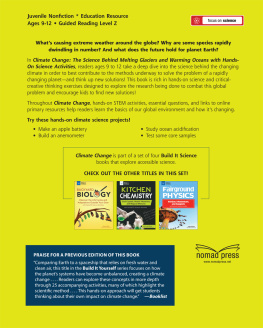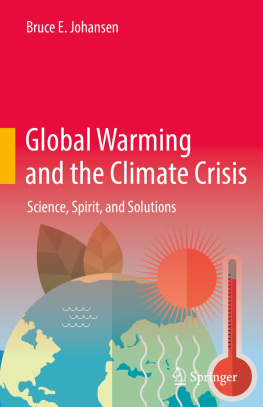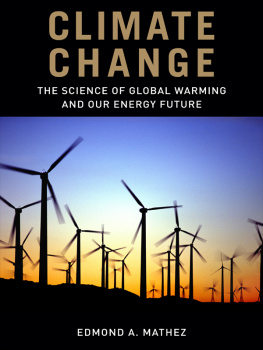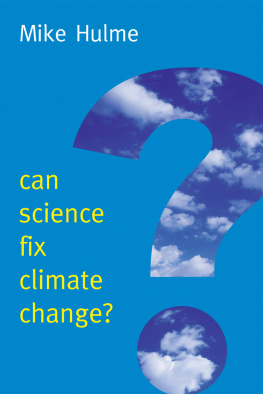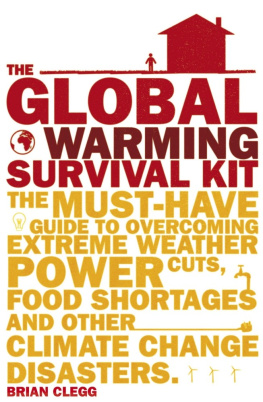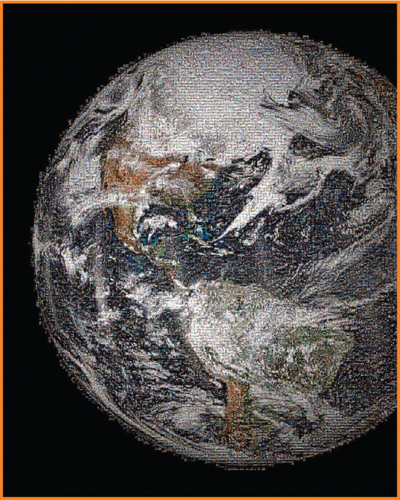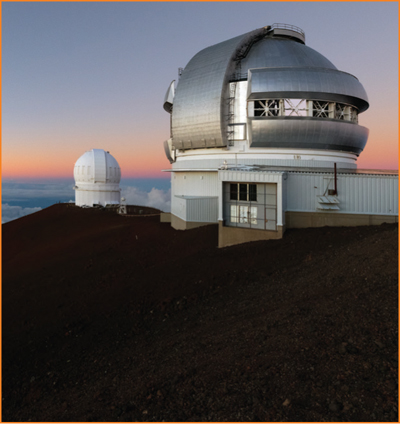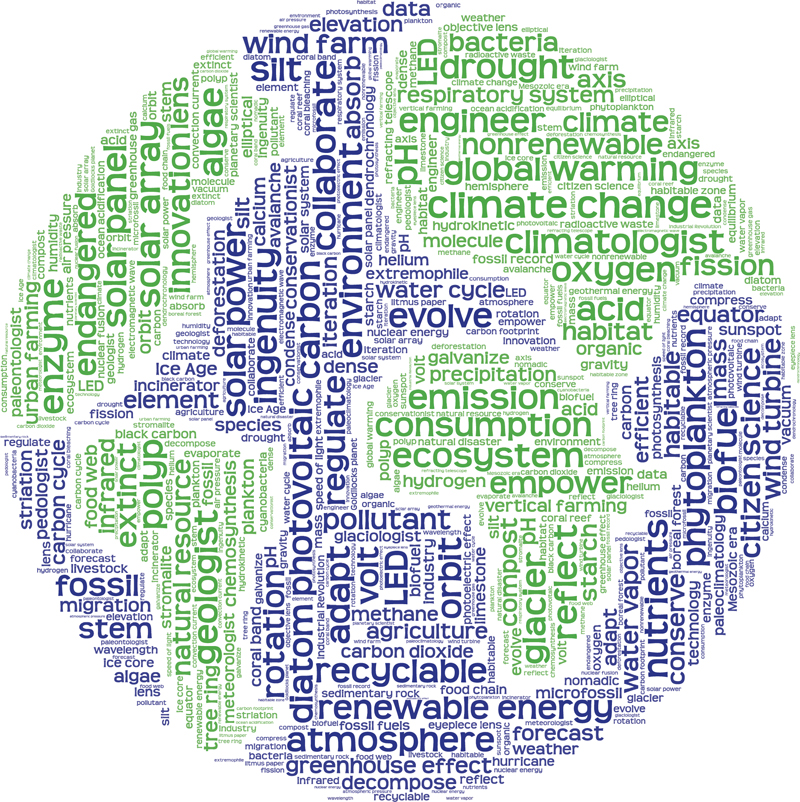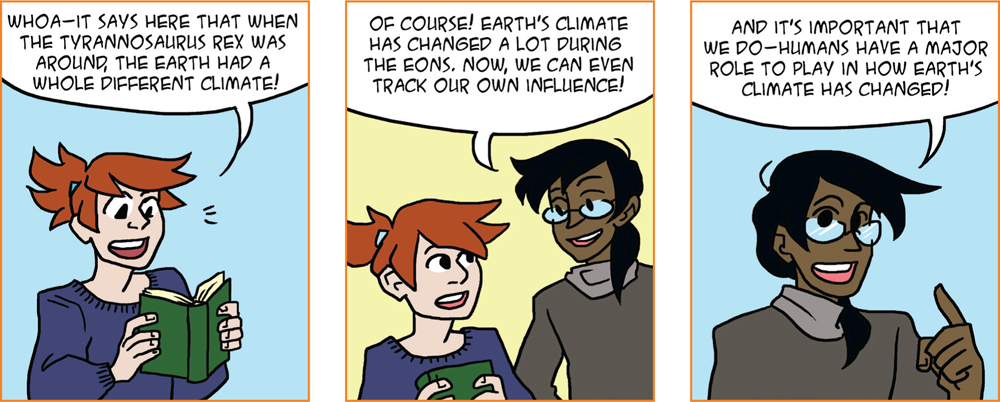Josh Sneideman - Climate Change: The Science Behind Melting Glaciers and Warming Oceans with Hands-On Science Activities
Here you can read online Josh Sneideman - Climate Change: The Science Behind Melting Glaciers and Warming Oceans with Hands-On Science Activities full text of the book (entire story) in english for free. Download pdf and epub, get meaning, cover and reviews about this ebook. year: 2020, publisher: Nomad Press, genre: Children. Description of the work, (preface) as well as reviews are available. Best literature library LitArk.com created for fans of good reading and offers a wide selection of genres:
Romance novel
Science fiction
Adventure
Detective
Science
History
Home and family
Prose
Art
Politics
Computer
Non-fiction
Religion
Business
Children
Humor
Choose a favorite category and find really read worthwhile books. Enjoy immersion in the world of imagination, feel the emotions of the characters or learn something new for yourself, make an fascinating discovery.
- Book:Climate Change: The Science Behind Melting Glaciers and Warming Oceans with Hands-On Science Activities
- Author:
- Publisher:Nomad Press
- Genre:
- Year:2020
- Rating:5 / 5
- Favourites:Add to favourites
- Your mark:
Climate Change: The Science Behind Melting Glaciers and Warming Oceans with Hands-On Science Activities: summary, description and annotation
We offer to read an annotation, description, summary or preface (depends on what the author of the book "Climate Change: The Science Behind Melting Glaciers and Warming Oceans with Hands-On Science Activities" wrote himself). If you haven't found the necessary information about the book — write in the comments, we will try to find it.
Skipping Stones 2021 Honors Award Winner!
A book about climate change for middle readers who want to learn the science behind a warming planet and make a difference for their own future!
Whats causing extreme weather around the globe? Why are some species rapidly dwindling in number? And what does the future hold for planet Earth?
In Climate Change: The Science Behind Melting Glaciers and Warming Oceans with Hands-On Science Activities, students ages 9 to 12 take a deep dive into the science behind the changing climate in order to best contribute to the methods underway to solve the problem of a rapidly changing planetand think up new solutions! Essential questions, cool facts, and links to online primary sources and other relevant material make complex concepts easier to understand. This book is rich in text-to-self and text-to-world connections, along with hands-on science and critical creative-thinking exercises designed to explore the research being done to combat this global problem and encourage kids to find new solutions! This title has been revised and updated to reflect 2020 educational standards and incorporate new scientific discoveries!
- The study of planetary science, arctic ice bubbles, coral reefs, and more all contribute to the wealth of knowledge we are gaining, knowledge that can be used in the science and engineering innovations underway around the world to address global climate change.
- Focused on a proactive approach to environmental education, Climate Change engages readers through hands-on activities, such as building a solar pizza oven, along with stories of people, including kids, who are making a positive environmental difference.
About the Build It Science set and Nomad PressClimate Change is part of a set of four Build It Science books that explore accessible science. The other titles in this set are Fairground Physics, Backyard Biology, and Kitchen Chemistry.
Nomad Press books in the Build It series integrate content with participation. Combining content with inquiry-based projects stimulates learning and makes it active and alive. Nomads unique approach simultaneously grounds kids in factual knowledge while allowing them the space to be curious, creative, and critical thinkers.
All books are leveled for Guided Reading level and Lexile and align with Common Core State Standards and Next Generation Science Standards.
All titles are available in paperback, hardcover, and ebook formats.
Josh Sneideman: author's other books
Who wrote Climate Change: The Science Behind Melting Glaciers and Warming Oceans with Hands-On Science Activities? Find out the surname, the name of the author of the book and a list of all author's works by series.

